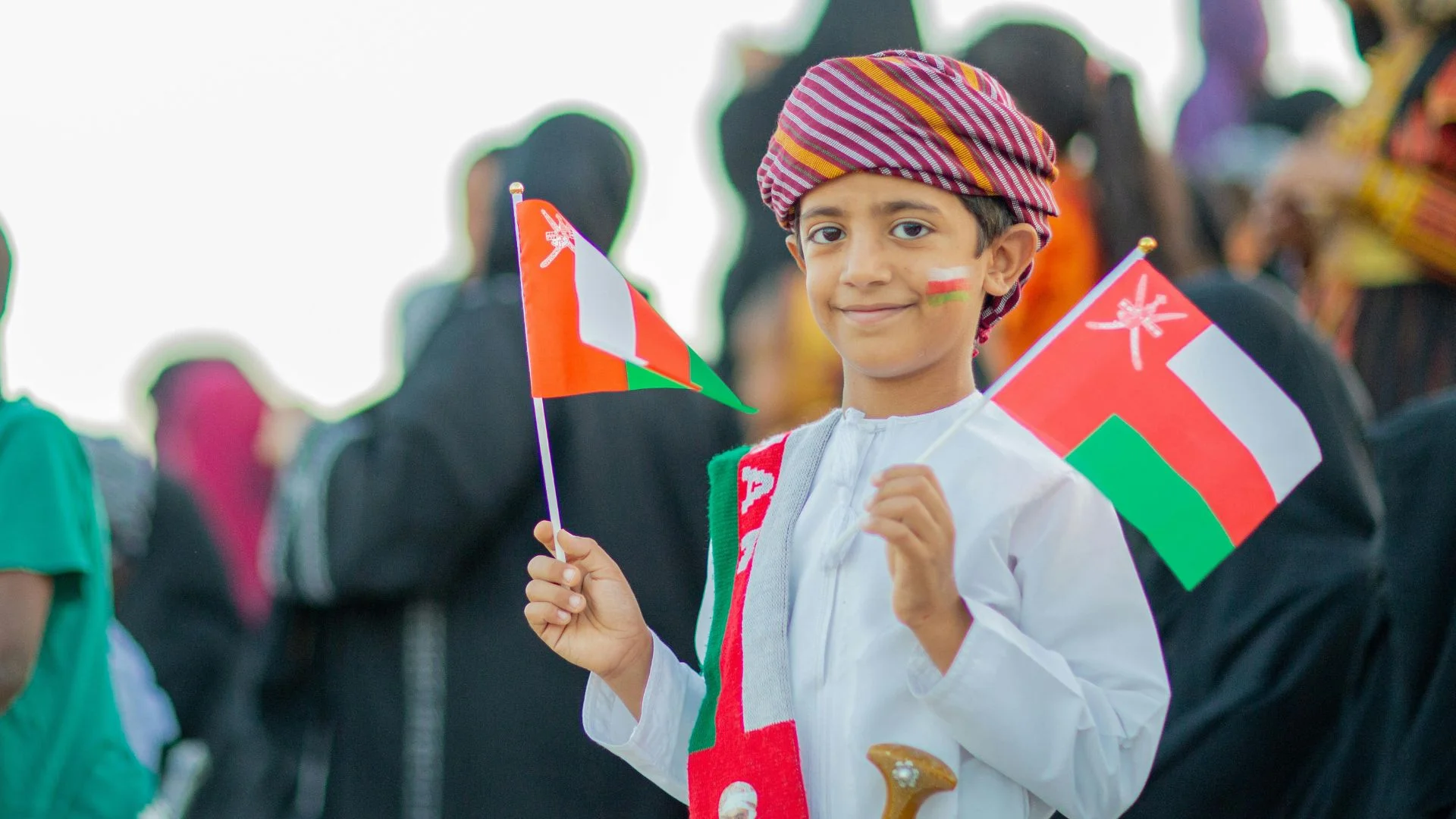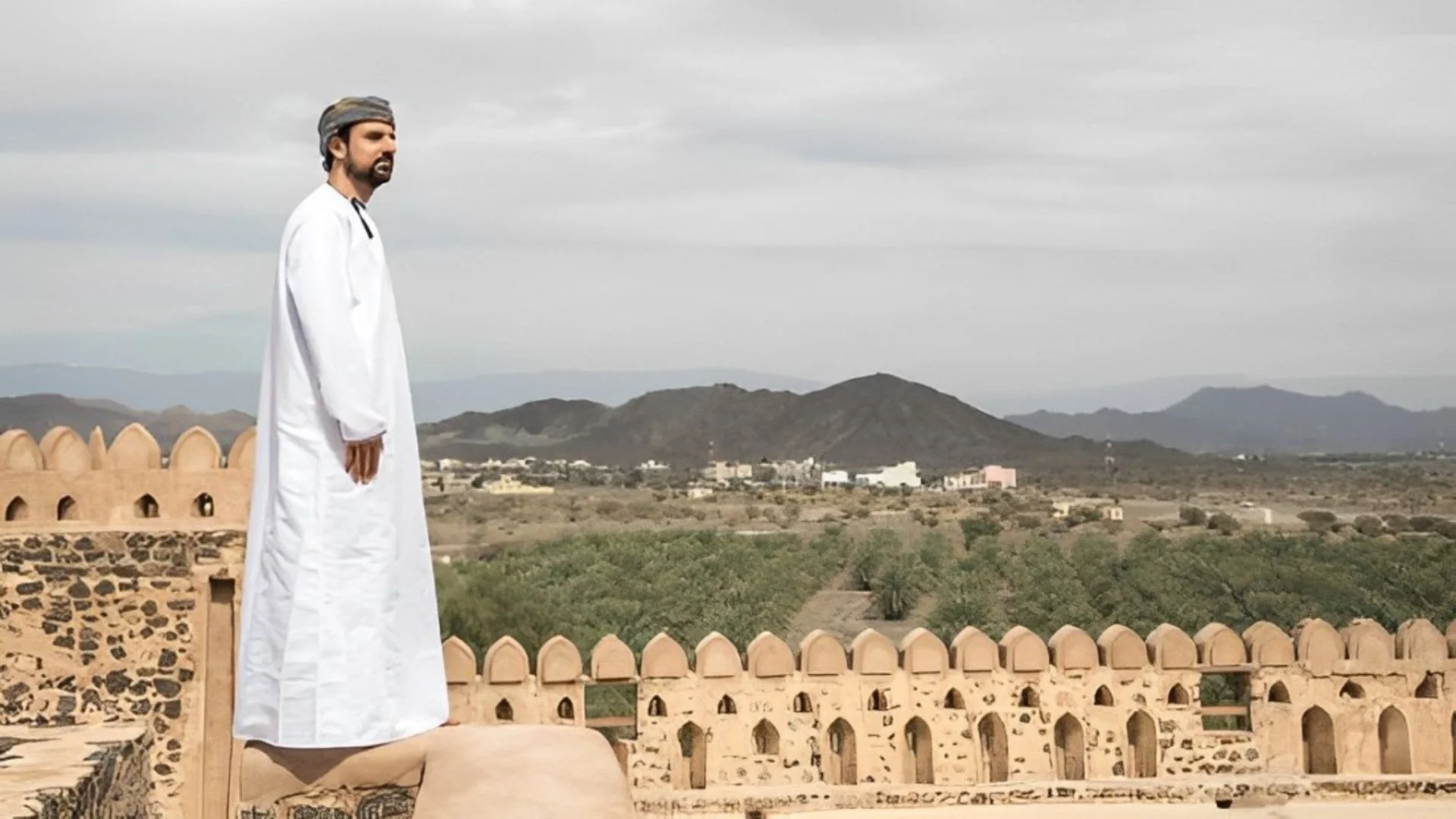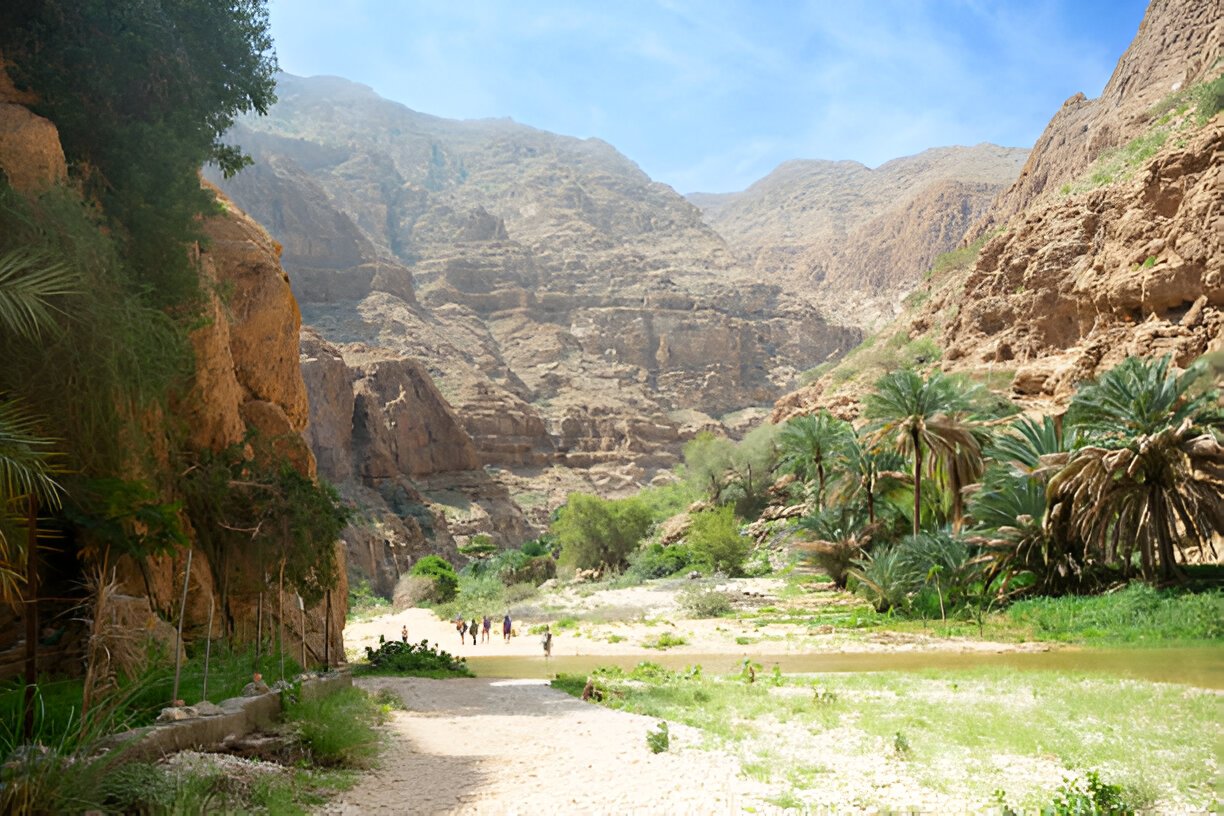

Rich in culture and tradition, Oman is a nation where heritage thrives in every facet of life, especially clothing. The Omani Dress, including the Dishdasha for men and the Abaya for women, is more than just attire; it reflects the country’s identity, culture, and pride. These garments showcase the richness of Omani Tradition, connecting the past with the present.
The Dishdasha is a long-sleeved, ankle-length robe traditionally worn by Omani men. Its origins trace back to ancient times, and over the centuries, it has evolved to meet both cultural and practical needs. Made from cotton to keep the wearer cool in the desert heat, the Dishdasha is typically white, symbolizing purity, though it also comes in darker colors like brown or grey for cooler months or special occasions. The neck is often adorned with subtle embroidery, and a small tassel called the “furakha,” sometimes scented with traditional Omani perfume, dangles at the front.
The Dishdasha is a powerful marker of Omani Culture. Worn during national events, religious ceremonies, and family gatherings, it is a garment of pride and identity. As Muscat resident Ahmed Al Balushi states, “Wearing a Dishdasha is a matter of honour. It ties us to our historical roots.” For special occasions such as weddings, men donning elaborately embroidered Dishdashas highlight the importance of Omani clothes in celebrations.
The Abaya, a long, flowing black cloak worn by Omani women, has deep roots in Omani Tradition. Historically linked to certain tribes, the Abaya evolved over time, becoming a symbol of modesty and devotion in the Islamic world. Today, it has also grown into a luxurious garment, with many Omani women choosing from a variety of designs and fabrics, from simple cotton for everyday wear to intricate silk and velvet for formal events.
The Omani Abaya is often beautifully decorated with embroidery, rhinestones, and beadwork. It is paired with a headscarf or hijab, adding to its elegance. As Zaina, a music composer from Muscat, says, “The Abaya is not just clothing. It’s a way to express Omani Culture and tradition while embracing modernity.” During weddings and religious holidays, women wear their most ornate Abayas, showcasing the beauty and diversity of Omani clothes.

Omani Dress is a seamless blend of tradition and modernity. The timeless designs of the Dishdasha and Abaya have been adapted by young Omani designers who incorporate contemporary elements while respecting their heritage. This evolution ensures that the younger generation continues to appreciate and wear these traditional garments.
The Omani Dress plays a vital role in the country’s national identity. On occasions such as National Day, Omanis proudly wear their best traditional clothes to honour their heritage. This shared visual affirmation strengthens cultural ties and fosters a sense of unity.
Over the years, the design of the Dishdasha and Abaya has been influenced by other cultures, including Persian and Indian styles. This cross-cultural exchange is seen in the use of luxurious fabrics and intricate embroidery. Today, Omani designers are pushing the boundaries by incorporating modern trends while preserving the essence of Omani Tradition.
Omani traditional clothing has also made its mark on the global fashion stage. Designers like Amal Al Raisi have introduced Omani clothes to international audiences, showcasing them in fashion shows worldwide. As Amal says, “Our traditional attire tells the story of our heritage, and we want to share that story globally.”
In everyday life, the Dishdasha and Abaya are practical and comfortable garments, ideal for the hot climate. However, for formal events, the intricate embroidery and luxurious fabrics turn them into elegant ensembles suitable for weddings, official functions, and religious ceremonies.
Custom-made Omani clothes are particularly popular, with tailors and designers working closely with clients to create garments that reflect both personal style and cultural identity.
Preserving Omani Tradition is essential, and efforts are being made to ensure that the history and significance of the Omani Dress are passed down through generations. However, change is also embraced, with new designs and modern interpretations keeping the tradition alive and relevant for the younger generation.
The Omani Dress is more than just clothing; it is a symbol of culture, heritage, and pride. Whether worn casually or on special occasions, it connects the people of Oman to their past while embracing the future, making it an enduring part of Omani Culture.
Never miss any important news. Subscribe to our newsletter.







